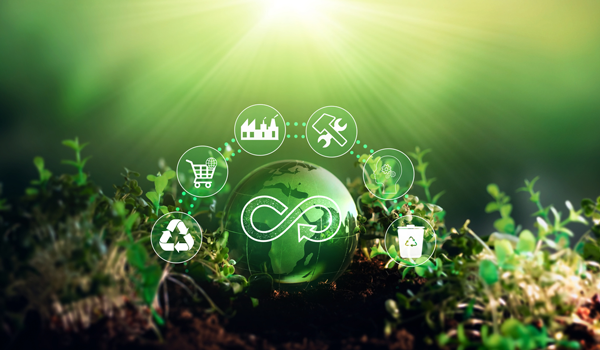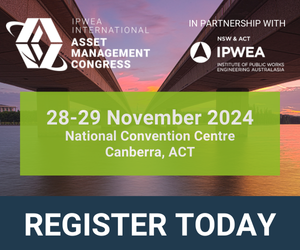In the past, regional depots at state government utility SA Water would each dispose of an estimated 1.5 tonnes of waste to landfill every week, around 65% of which consisted of PVC pipe offcuts.
SA Water is now implementing a new approach to PVC pipe use which should reduce this significantly, and the organisation could be the first water utility in Australia to roll out a major PVC recycling program.
Where previously the PVC pipe was purchased in standard six metre lengths, collaboration with pipe supplier Iplex has resulted in the use of shorter lengths which minimise offcuts.
At the same time, SA Water is now trialling a state-wide recycling solution, with recycling cages at key depots where offcut pipe is assessed for return to the manufacturer for recycling.
Recycling the PVC pipe will deliver cost savings, and it is estimated that using recycled PVC pipe in the manufacturing process will reduce carbon emissions by approximately 25%, according to the manufacturer.
The SA Water project is one of twelve case studies in the new IPWEA Practice Note and eBook on the use of recycled material in infrastructure which is the culmination of a project led by IPWEA’s Director of Sustainability, Dr. Jacqueline Balston.
The Practice Note, launched at the IPWEA Asset Management Congress in June, is a distillation of best practice Circular economy and recycling procedures and processes designed as a guide for asset management organisations and practitioners worldwide.
“The practice note has a three step strategy on how to implement circular economy practices into an organisation,” says Dr Balston.
“And we then discuss in detail each of the ten most popular materials that can be used in infrastructure and how they might be recycled or used more efficiently in up to 200 use cases.”
More efficient recycling in infrastructure has a potentially major environmental impact. Dr. Balston points out that infrastructure accounts for approximately 70% of global greenhouse gas emissions, according to the World Bank, and half of all resources used and waste created globally.
The guide includes a checklist of options for organisations and provides them with suggestions on how they might increase their use of recycled materials.
“We also group key roles within the circular economy, so there’s a checklist for policy makers, chief executives and upper management procurement officers, engineers and asset managers to consider,” says Dr. Balston.
The first of the three steps is around enhancing knowledge, a process which comprises communication, education, awareness and community and practice building.
The second step is on the implementation of policies and actions, based on a summary of global best practice.
“We include policies that have been shown to work in implementing the circular economy and what actions need to be taken to ensure that happens,” says Dr. Balston.
“And this section refers back to those resources which gives details on these polices and actions and provides a checklist.”
The third step is around the sourcing of products. The guide includes information about new products and what is required for products to be accepted by the market and by building standards and specifications.
There is the example of aluminium, where it takes 25 times less energy to recycle aluminium than it does to make new product from bauxite.
“We look at the actual product itself and what hoops it might have to jump through to make sure that it’s fit for purpose, and we’ve included links to a range of industries,” says Dr. Balston.
As an eBook, the guide is easy to update and includes links that take users to websites which have more information on the issues covered.
Dr. Balston says the implementation of Circular Economy principals and recycling of infrastructure is an important opportunity, and she hopes the guide will become a major resource for asset managers, procurement officers, engineers and professionals working within organisations which are responsible for infrastructure.
“It’s about increasing confidence so those users will purchase recycled materials,” she says.
“It’s also about educating them on how a circular economy works and the potential it has to make a difference.”
“The World Bank has estimated that waste has increased to two billion tonnes annually, so if this waste can be recycled by a sector that is currently using half of the earth’s resources then you have incredible potential to reduce the impact on the planet.”














